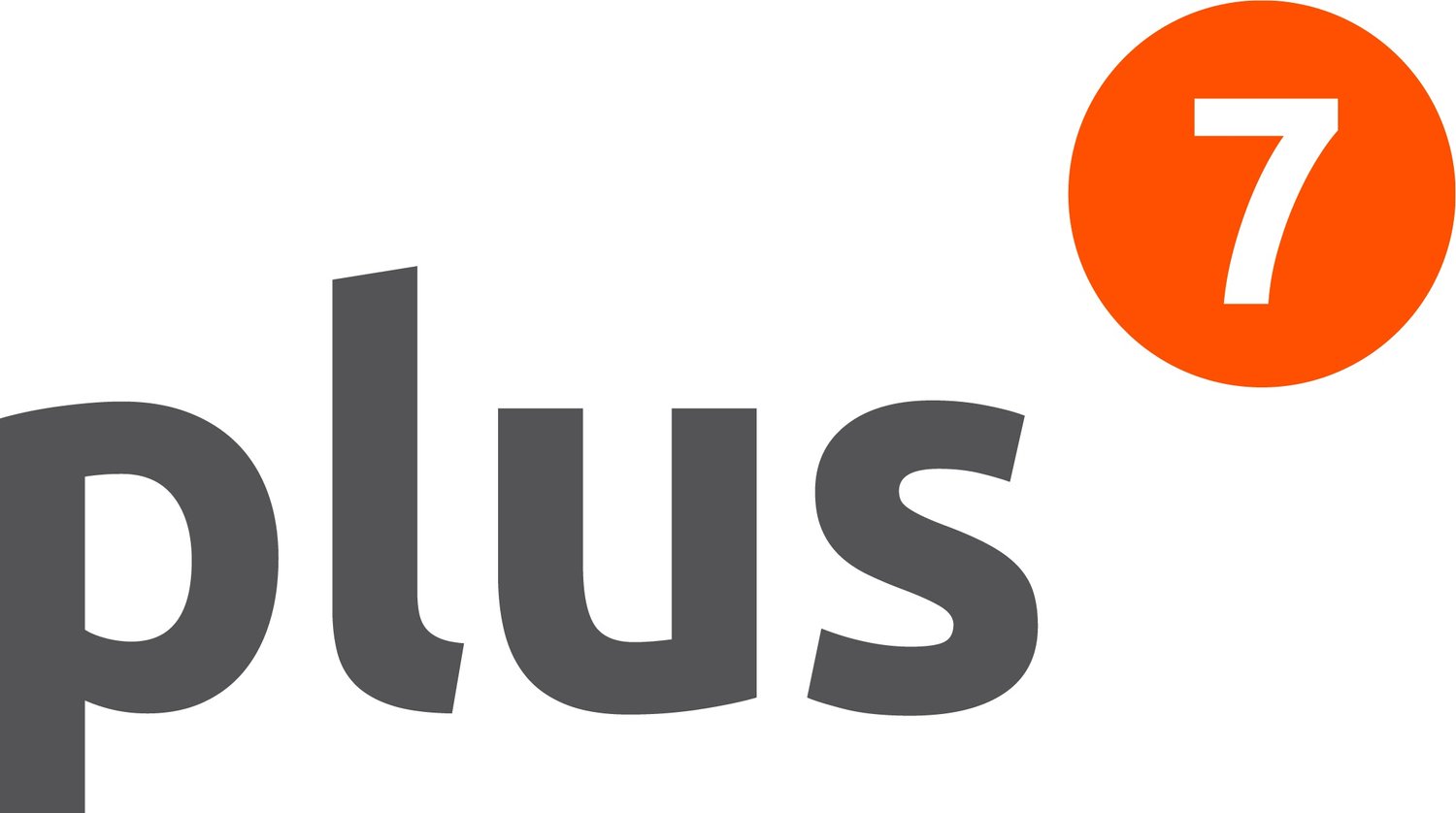Super strategies - Boost your spouse’s super and reduce your tax
How does the strategy work?
If you make an after-tax contribution into your spouse’s super account and they earn less than $40,000 in FY 2021/22, you may be eligible for a tax offset of up to $540.
This strategy could be a great way to grow your super as a couple. Not only could you boost your spouse’s super, the tax offset could help reduce your income tax.
To qualify for the full offset of $540 in FY 2021/22, you need to contribute $3,000 or more into your spouse’s super (which counts towards the spouse’s contribution caps) and your spouse must earn¹ $37,000 or less in FY 2021/22.
A lower tax offset may be available if you contribute less than $3,000 or your spouse earns more than $37,000 but less than $40,000 in FY 2021/22.
Can you make spouse contributions?
To be able to make a spouse contribution, you must be either legally married or in a de facto relationship.
You need to be living together on a permanent basis. If you are a married couple living separately, you won’t qualify.
You and your spouse/partner must be Australian residents at the time the contribution is made
Seek advice
Your financial adviser can help you determine if you should make spouse contributions and whether it suits your needs and circumstances.
Other key considerations
To use this strategy, the spouse who receives the contribution must:
be under age 752
have a ‘total super balance’ of less than $1.7 million on 30 June of the previous financial year, and
not exceed their ‘non-concessional contribution cap’, which in 2021/22 is $110,000, or up to $330,000 in certain circumstances.
Super can’t be accessed until you meet a ‘condition of release’. For more information, please visit the ATO website at ato.gov.au.
There are some other super strategies that may benefit you as a couple (see below).
¹ Includes assessable income, reportable fringe benefits and reportable employer super contributions. Excludes assessable First Home Super Saver Scheme amounts.
2 Contributions must be received no later than 28 days after the month in which the person turns age 75.
3 From 1 July 2022, there will no longer be a work test requirement for personal contributions and salary sacrifice contributions.
Case study
Phil and Karen are married and have two young children. Phil works full-time and earns $100,000 pa.
Karen has cut back to working two days a week and earns $32,000 pa.
They want to make sure Karen keeps building her super while she is working part-time. Previously, when she was working five days a week, the super contributions from her employer were higher.
Phil contributes $3,000 into Karen’s super account. This entitles him to a tax offset of $540, which reduces his income tax when he completes his 2021/22 tax return.
Other strategy ideas
There are other strategies you may consider if you want to boost your spouse’s super. These include:
Co-contributions
Your spouse may want to make an after-tax contribution into their own super account.
By doing this, the Government may add up to $500 to their super. It’s called a ‘co-contribution’.
To be eligible for the full co-contribution in FY 2021/22, your spouse needs to contribute $1,000 or more into their super and earn² $41,112, or less.
They may receive a lower amount if they contribute less than $1,000 and/or earn between $41,113, and $56,112.
Contribution splitting
Another strategy to consider is ‘contribution splitting’.
This is where you arrange with your super fund to split up to 85% of your previous financial year’s concessional contributions into your spouse’s super account.
Concessional contributions include superannuation guarantee, salary sacrifice and personal deductible contributions, as well as certain other amounts.
You must meet other eligibility criteria to qualify for the Government co-contribution or contribution splitting.
Your financial adviser can help you determine whether either of these strategies suit your needs and circumstances.
2 Includes assessable income, reportable fringe benefits and reportable employer super contributions.
Important information and disclaimer
The information provided on this website is general in nature. We have not considered your financial circumstances, needs or objectives and you should seek the assistance of your Australian Unity Personal Financial Services (AUPFS) authorised representative before you make any decision regarding any strategy or financial products mentioned on this website. Whilst all care has been taken in the preparation of this material, no warranty is given in respect of the information provided and accordingly neither AUPFS nor its related entities, employees or agents shall be liable on any ground whatsoever with respect to decisions or actions taken as a result of you acting upon such information.
The trustee for Plus 7 Financial Management trust trading as Plus 7 Financial Management ABN 11 211 901 965 is a corporate authorised representative (no. 1007915) of Australian Unity Personal Financial Services LTD (AUPFS) ABN 26 098 725 145, an Australian Financial Service Licence Holder (AFSL No. 234459).
View our financial services guide (FSG) FSG (AUPFS) | FSG (John Hockey) | FSG (Andre DiMatteo)
Australian Unity Personal Financial Services is a wholly owned subsidiary of Australian Unity Limited. Australian Unity respects your privacy, refer to our privacy policy for more information.


